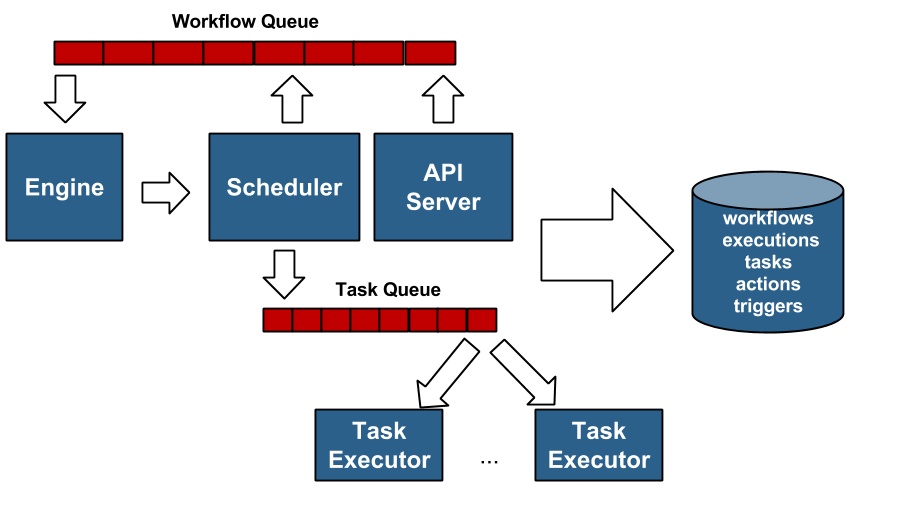* Grouped documentation articles into several main parts: user docs, admin docs, developer docs. * Changed the index page so that it contains links to the index pages of the main documentation parts like user docs, admin docs etc. * Fixed all the broken links * Removed index generation since it's not informative at all in its current form and it exposes code internals (REST controller class names) * Removed obsolete properties that are no longer used by the "openstackdocstheme" project * Removed obsolete static html files * Moved part of the images to the folders where they are used Further work: * Refactor main chapters (user, admin, developer) one by one and make them look consistent. For example, there are several pages that provide similar kind of information: overview, quick start, main features etc. It is a mess that's been accumulated throughout the last 4-5 years. * Fill the gaps. Add all missing pages like: event notifications, workflow environment, etc. * Move cookbooks from Wiki to this doc. Partially implements: blueprint mistral-restructure-docs Change-Id: Ia722a6885ad2fb97d63a34285b0a5b1a23da79e8
2.4 KiB
Mistral Architecture
Mistral is OpenStack workflow service. The main aim of the project is to provide capability to define, execute and manage tasks and workflows without writing code.
Basic concepts
A few basic concepts that one has to understand before going through the Mistral architecture are given below:
- Workflow - consists of tasks (at least one) describing what exact steps should be made during workflow execution.
- Task - an activity executed within the workflow definition.
- Action - work done when an exact task is triggered.
Mistral components
Mistral is composed of the following major components:
- API Server
- Engine
- Task Executors
- Scheduler
- Notifier
- Persistence
The following diagram illustrates the architecture of mistral:
API server
The API server exposes REST API to operate and monitor the workflow executions.
Engine
The Engine picks up the workflows from the workflow queue. It handles the control and dataflow of workflow executions. It also computes which tasks are ready and places them in a task queue. It passes the data from task to task, deals with condition transitions, etc.
Task Executors
The Task Executor executes task Actions. It picks up the tasks from the queue, run actions, and sends results back to the engine.
Scheduler
The scheduler stores and executes delayed calls. It is the important Mistral component since it interacts with engine and executors. It also triggers workflows on events (e.g., periodic cron event)
Notifier
On workflow and task execution, events are emitted at certain checkpoints such as when a workflow execution is launched or when it is completed. The notifier routes the events to configured publishers. The notifier can either be configured to execute locally on the workflow engine or can be run as a server much like the remote executor server and listens for events. Running the notifier as a remote server ensures the workflow engine quickly unblocks and resumes work. The event publishers are custom plugins which can write the event to a webhook over HTTP, an entry in a log file, a message to Zaqar, and etc.
Persistence
The persistence stores workflow definitions, current execution states, and past execution results.
